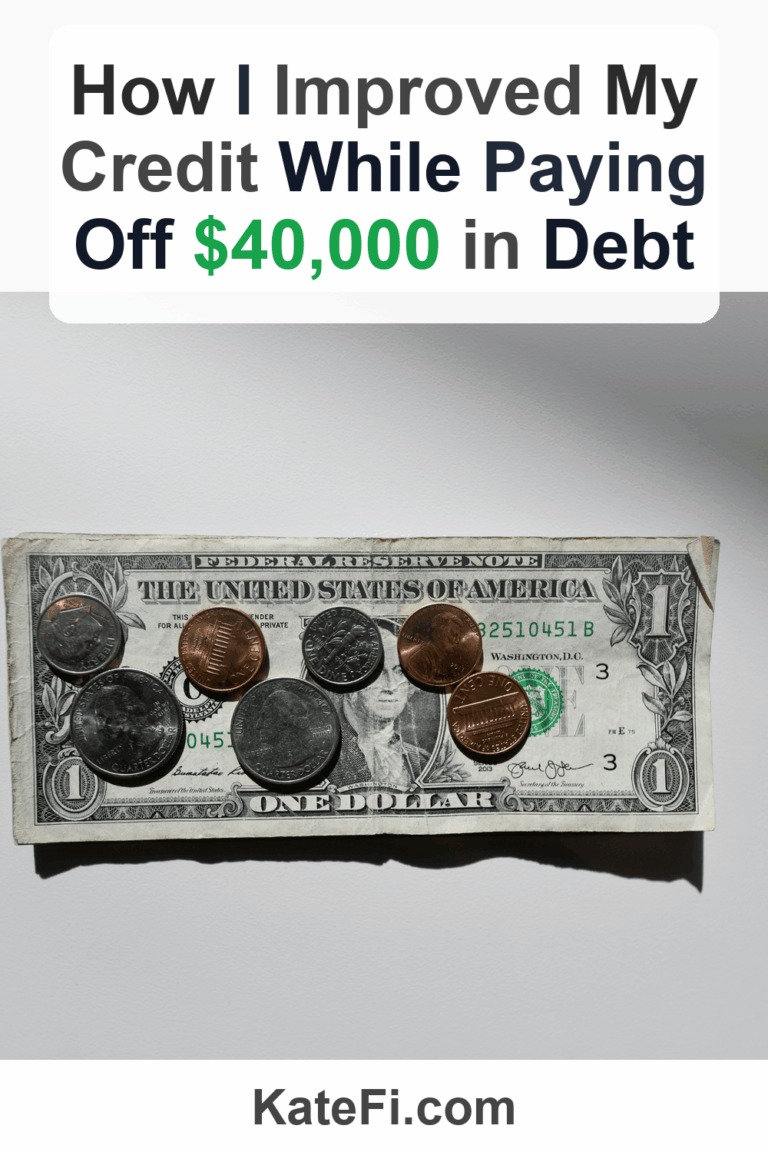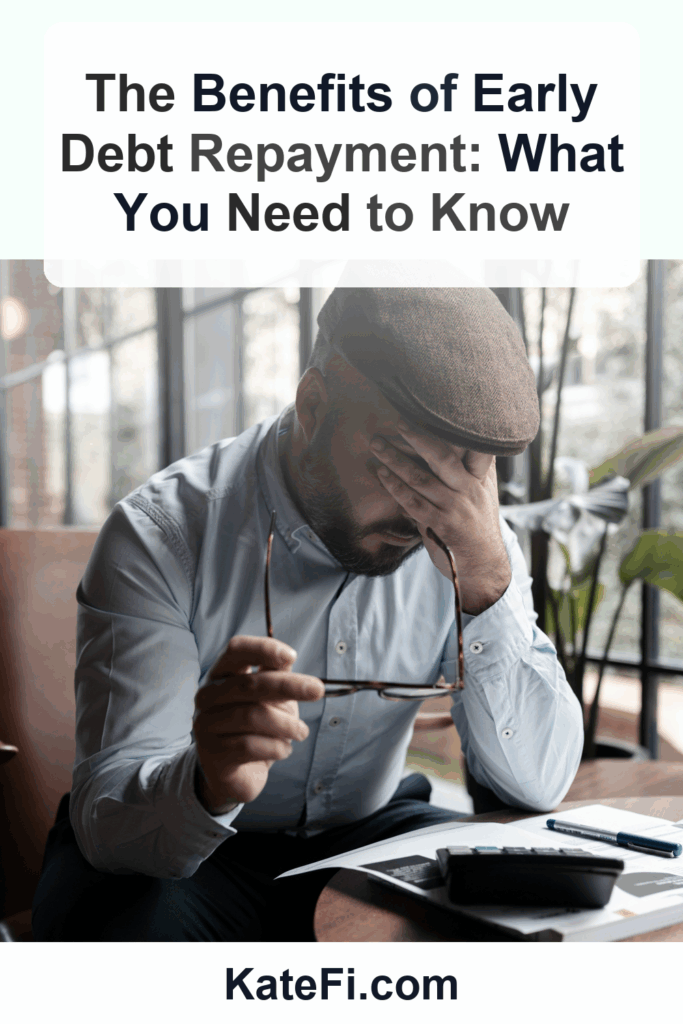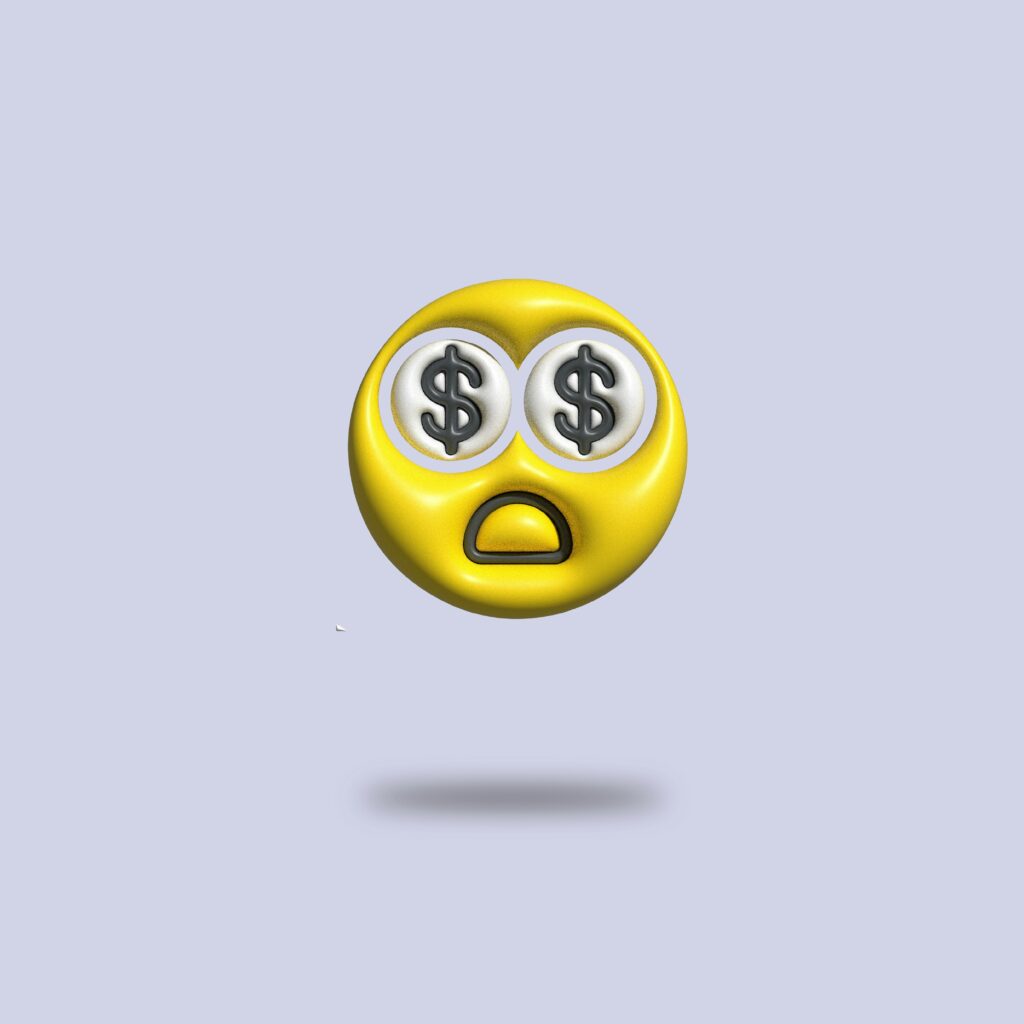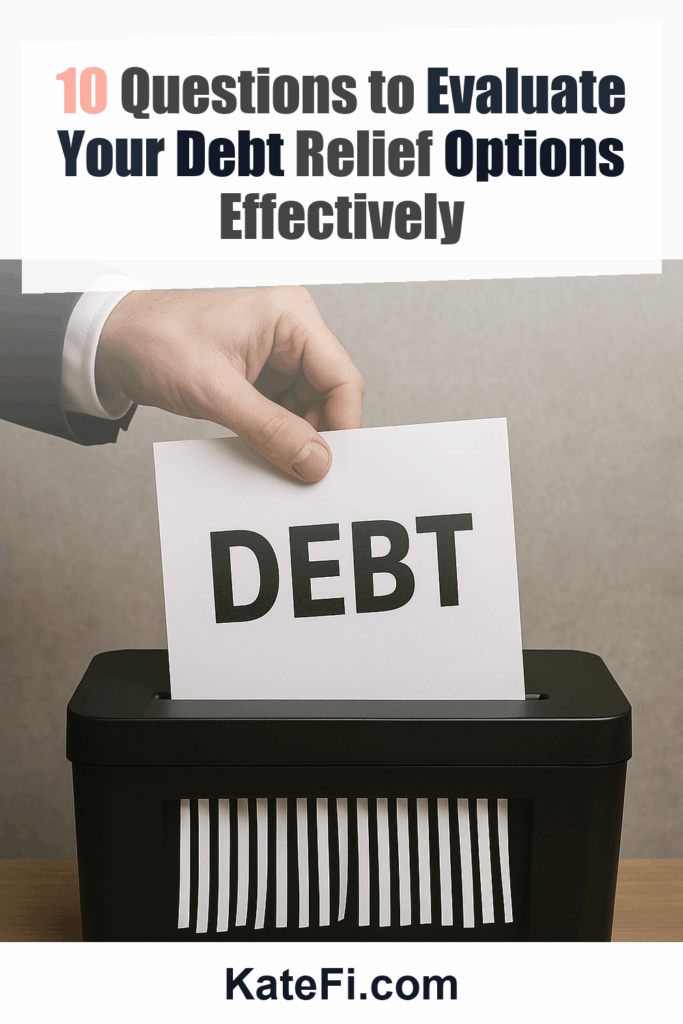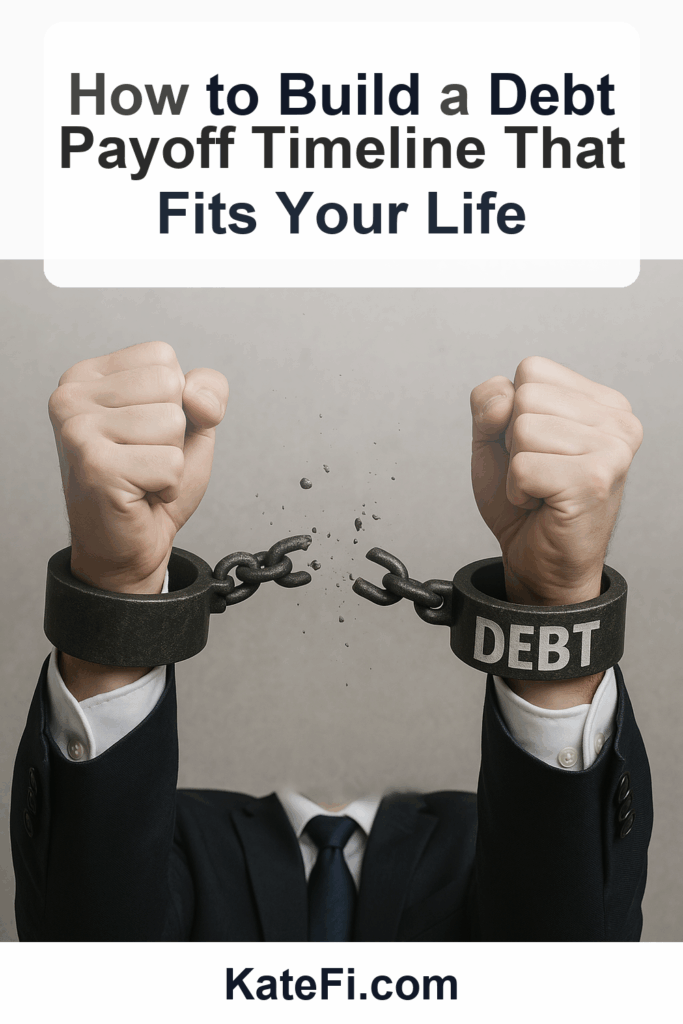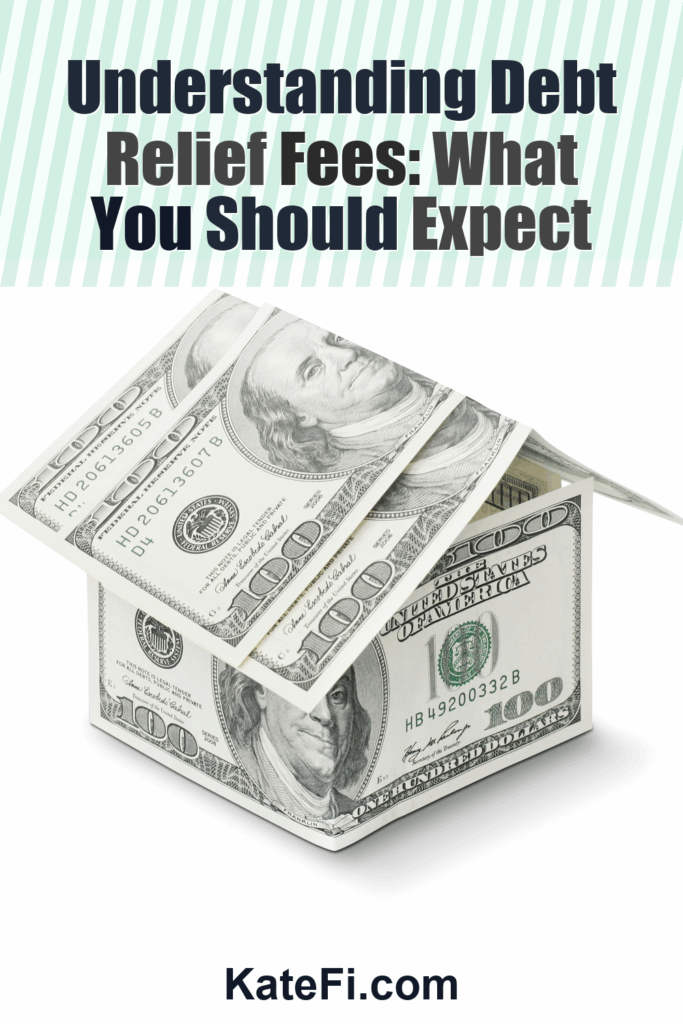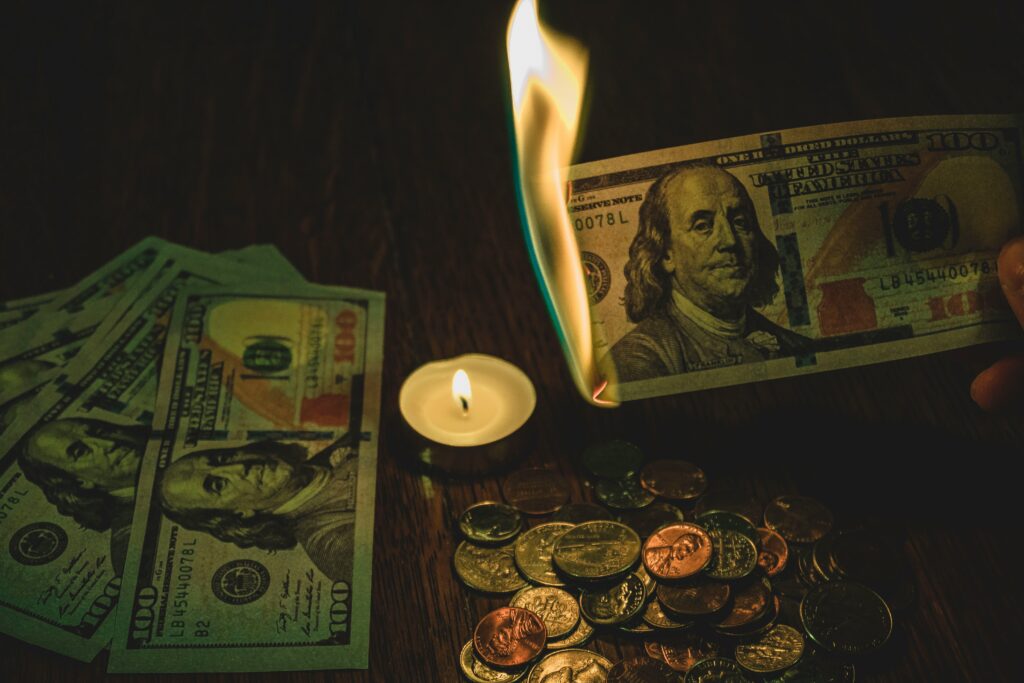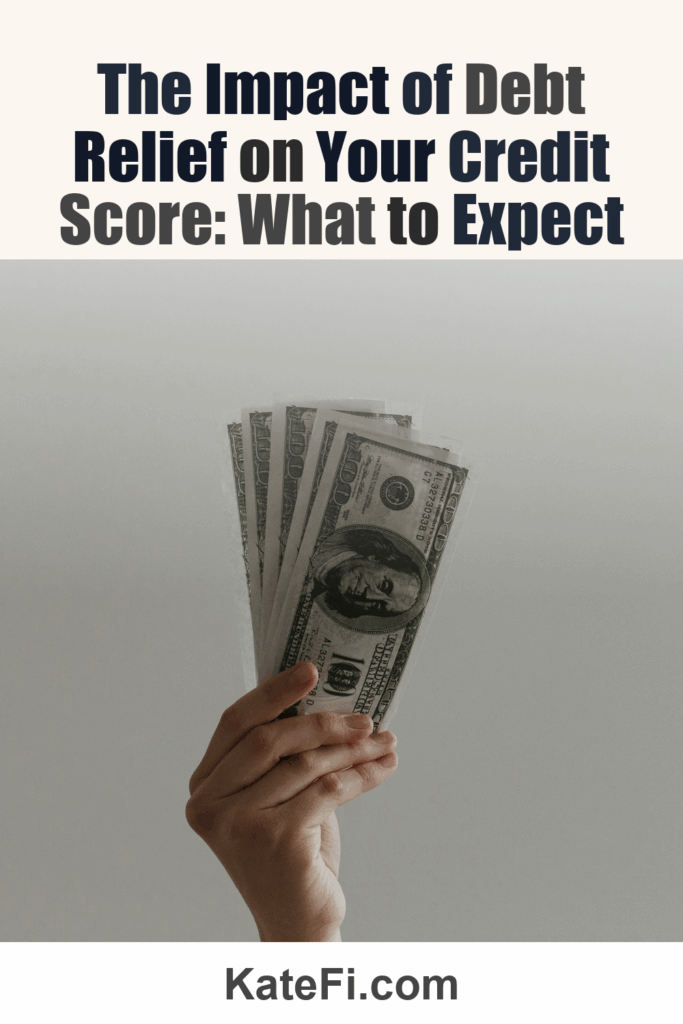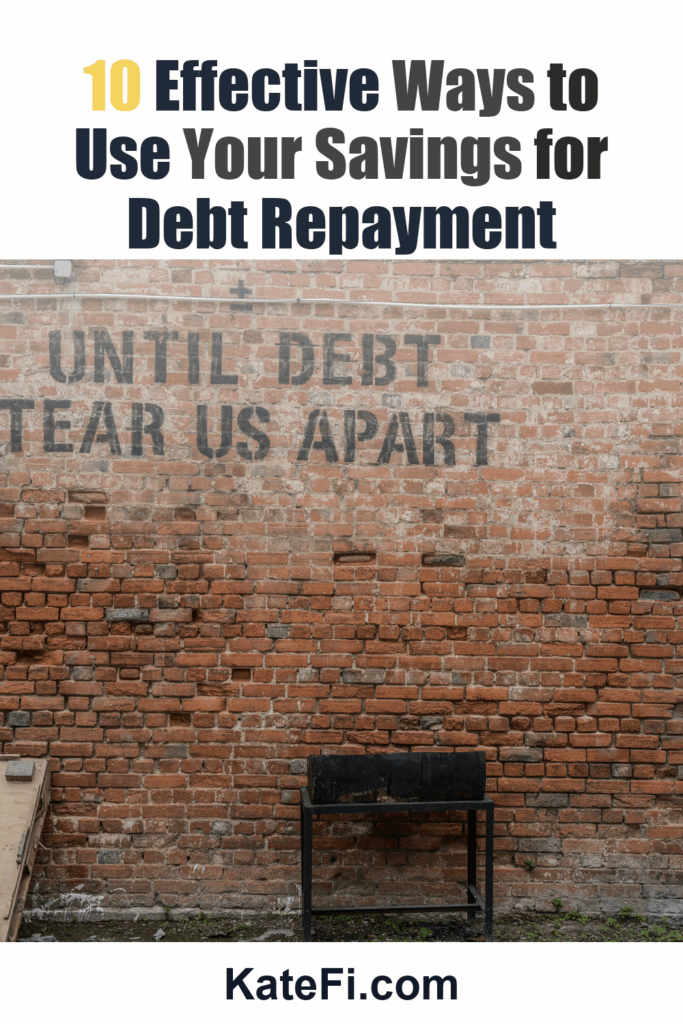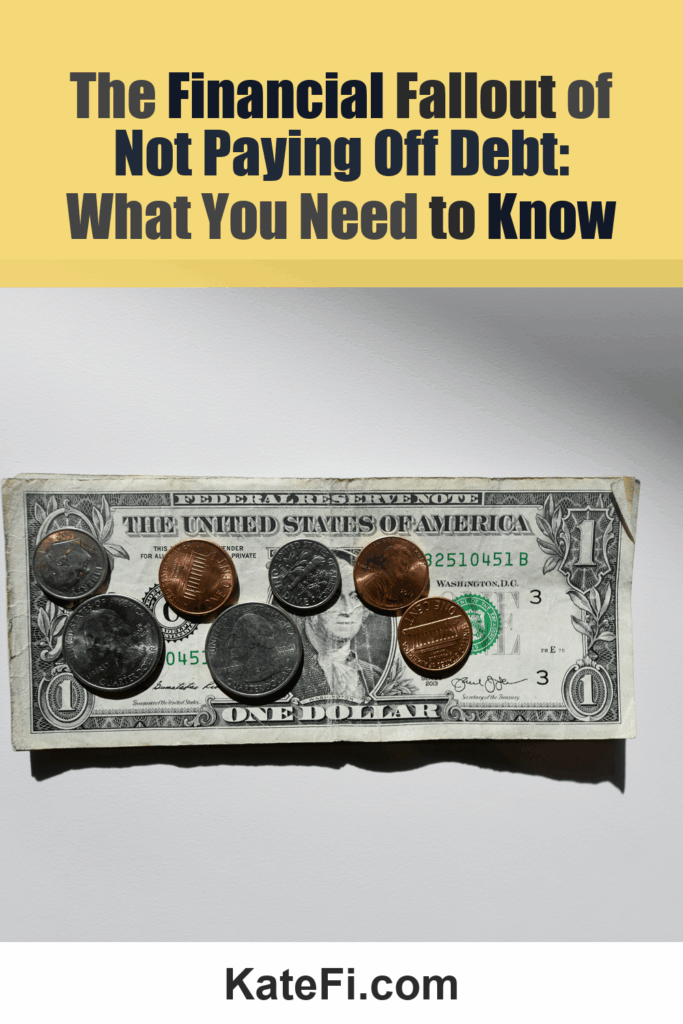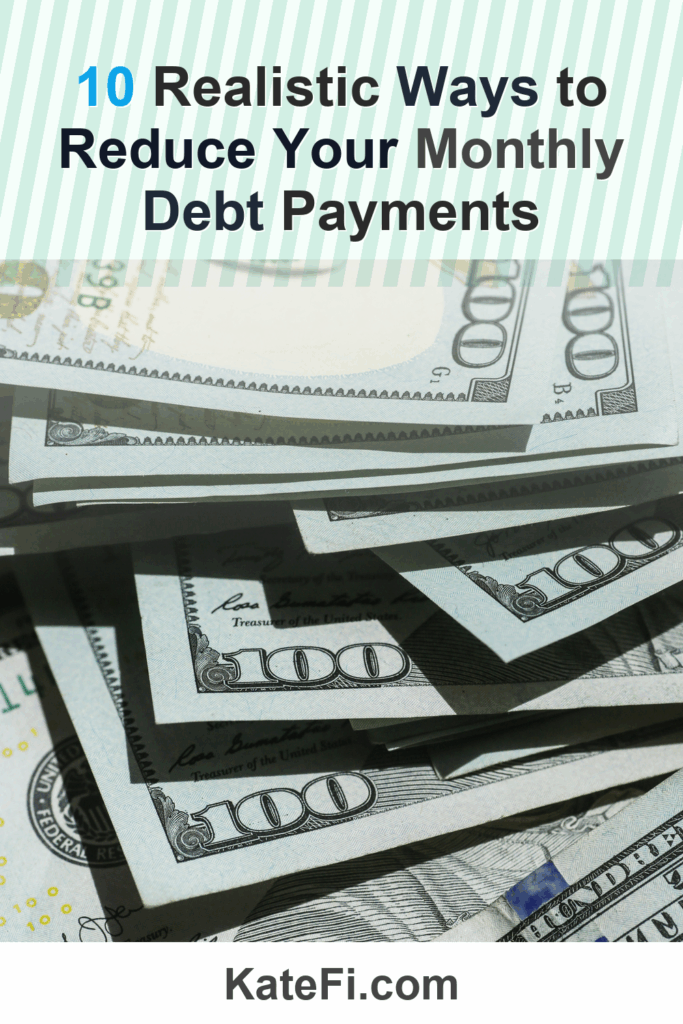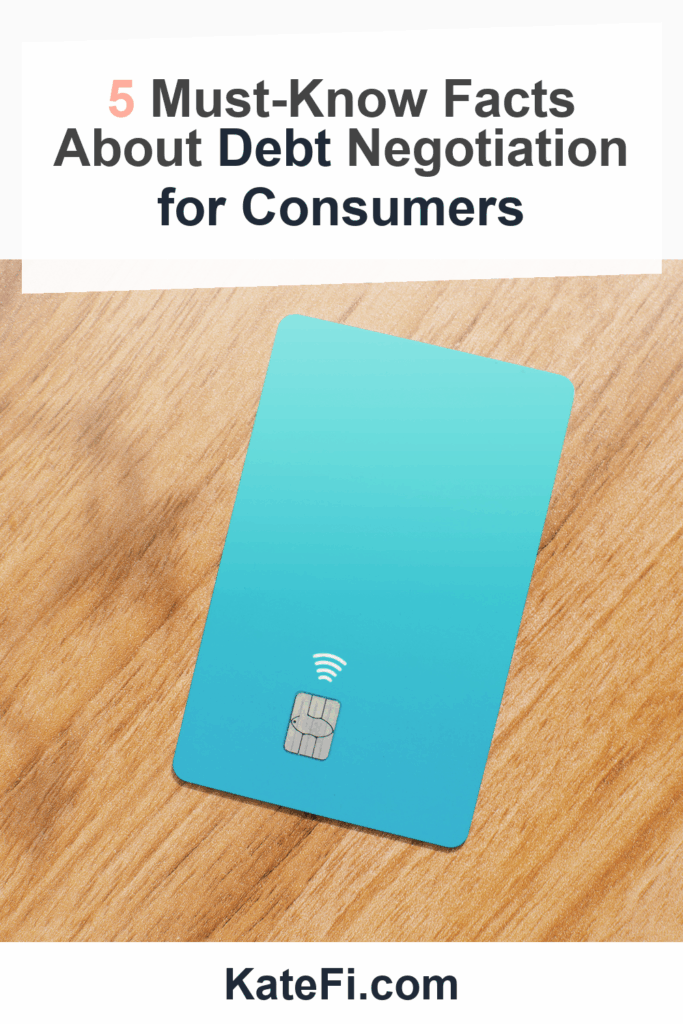What You’ll Learn on the Call
- Estimated timeline and monthly payment range
- How credit may be affected in the short term
- What documents to gather to move faster
Love our content? Show your support by following us — pretty please!🥺
FOLLOW ON PINTEREST
Hi! I’m Kate, the face behind KateFi.com—a blog all about making life easier and more affordable.
Not available in IL, KS, OR, TN, UT, WV.
How I Improved My Credit While Paying Off $40,000 in Debt
When I found myself drowning in debt, I realized it was time for a change. Over the span of a few years, I racked up around $40,000 in debt due to medical expenses, credit card overspending, and unforeseen emergencies. The anxiety of making monthly payments and seeing my credit score tumble to depths I never imagined was overwhelming. But through determination and strategic planning, I improved my credit score while diligently paying off that mountain of debt. Here’s a step-by-step roadmap detailing how I did it, which you can replicate on your journey towards financial freedom.
Understanding Your Options: Debt Settlement vs. Debt Management Plans vs. Debt Consolidation
Before jumping in, it’s essential to evaluate the different routes to debt relief. Here’s a quick overview of the primary options available:
| Option | Description | Pros | Cons |
|---|---|---|---|
| Debt Settlement | Negotiating with creditors to pay less than owed | Reduced total debt; can be quicker | May impact credit; not guaranteed |
| Debt Management Plans | Working with a credit counseling agency | Structured plan; may improve credit | Monthly fees; takes time to complete |
| Debt Consolidation | Combining multiple debts into one loan | Simplifies payments; may lower interest rates | Risk of accruing more debt if not disciplined |
It’s wise to get a free consultation to review your options, as everyone’s financial situation is unique.
Step 1: Assessing My Debt
The first step I took was to list out all my debts. I categorized them by type—credit cards, medical bills, and personal loans—and noted their respective interest rates and monthly payments. This helped me get a clearer picture of my financial landscape.
#### Checklist:
- Gather statements for all debts.
- Write down amounts owed, interest rates, and monthly payments.
- Identify your total debt load.
Step 2: Choosing a Payoff Strategy
Next, I had to decide between the Debt Snowball and Debt Avalanche methods for my payoff strategy.
#### Debt Snowball vs. Debt Avalanche
- Debt Snowball: Focuses on paying off the smallest debts first, which provides psychological wins.
- Debt Avalanche: Prioritizes debts with the highest interest rates first, potentially saving money in interest.
For me, the Debt Avalanche made more sense because it allowed me to tackle the debts costing me the most in interest first. Here’s how I broke it down:
- List debts by interest rates (highest to lowest).
- Allocate any extra funds toward the highest interest debt while maintaining minimum payments on the others.
Realistic Timelines
Using the Debt Avalanche strategy, I estimated my payoff timelines:
- If I focused $500 monthly on my highest-interest debt, I calculated that I could be debt-free in about 4 years.
- By using a simple online calculator, I input my debts, payments, and interest rates, which confirmed my projections.
Step 3: Improving My Credit Score
As I began making consistent payments, I also prioritized improving my credit score. A better score would give me access to lower interest rates, making my journey less burdensome.
#### Steps to Improve My Credit Score:
- Pay Bills on Time: Set reminders for due dates.
- Lower Credit Utilization: Aim to keep credit utilization below 30% by paying down balances quickly.
- Avoid New Debt: I committed to not taking on any new credit until my existing debts were managed.
- Check My Credit Report: I pulled my credit report regularly to monitor progress and correct errors.
Credit Impact Discussion
Improving my credit score while in debt repayment was possible, but I knew it would require discipline. Here’s what I learned about credit impact:
- Timely Payments: Consistency is crucial. Late payments can hurt your score.
- Credit Inquiries: Be cautious with new applications, as each hard inquiry can lower your score.
- Length of Credit History: Keeping old accounts open can benefit my score.
Before consulting a debt relief professional, gather these documents to expedite the review process:
- Proof of income (pay stubs, tax returns).
- Current debt statements.
- Monthly budget.
Step 4: Choosing a Professional Service
While I had my strategy mapped out, I realized the importance of expert advice. That’s when I decided to reach out to a debt relief service. They helped me evaluate my situation and tailor a plan that fit my needs, whether it was a Debt Management Plan or a different solution.
I highly recommend you get a free consultation to review your options, as navigating debt can be complex. Having a professional guide can make a world of difference.
Step 5: Staying Disciplined
After choosing my plan and seeking professional help, I focused on staying disciplined:
#### Practical Tips:
- Create a Budget: Allocating a specific amount each month to debt repayment helped me track progress.
- Cut Unnecessary Expenses: I eliminated dining out and subscription services temporarily.
- Celebrate Small Wins: Paying off a small debt gave me motivation. Celebrate progress!
The Road to Freedom
After years of dedication, I successfully paid off $40,000 in debt. My credit score improved from the low 500s to nearly 700. This journey taught me valuable lessons about money management and the importance of seeking help.
If you’re feeling overwhelmed by debt, remember: you don’t have to navigate this path alone. Taking the first step can feel daunting, but by leveraging resources like a free consultation, you can discover your path toward financial stability.
✅ See If You Qualify for Debt Relief
Conclusion
You can overcome debt with the right plan, determination, and support. By following these steps, you too can improve your credit while paying off your debts.
Remember, every journey begins with a single step. If you feel ready to take control of your finances, consider getting a free consultation. Together, we can map out your road to debt relief.
Important: This content is for education only—not legal, tax, or financial advice. Results and eligible programs vary by situation and state. Fees apply if you enroll and complete a program. Debt relief can affect credit; missed payments may lead to collections/lawsuits. Not available in IL, KS, OR, TN, UT, WV.
Lower Your Unsecured Debt
If you have $5,000+ in credit card or personal loan debt, a free consult can review options like settlement or hardship plans.
- One-on-one call to review your debts and goals
- See potential monthly payment reductions
- No obligation to enroll
Not available in IL, KS, OR, TN, UT, WV.
Understand pros/cons of settlement vs consolidation vs DMP for your exact mix of debts.
Not available in IL, KS, OR, TN, UT, WV.
👉 Start Your Free Debt Relief Review
Not available in IL, KS, OR, TN, UT, WV.

